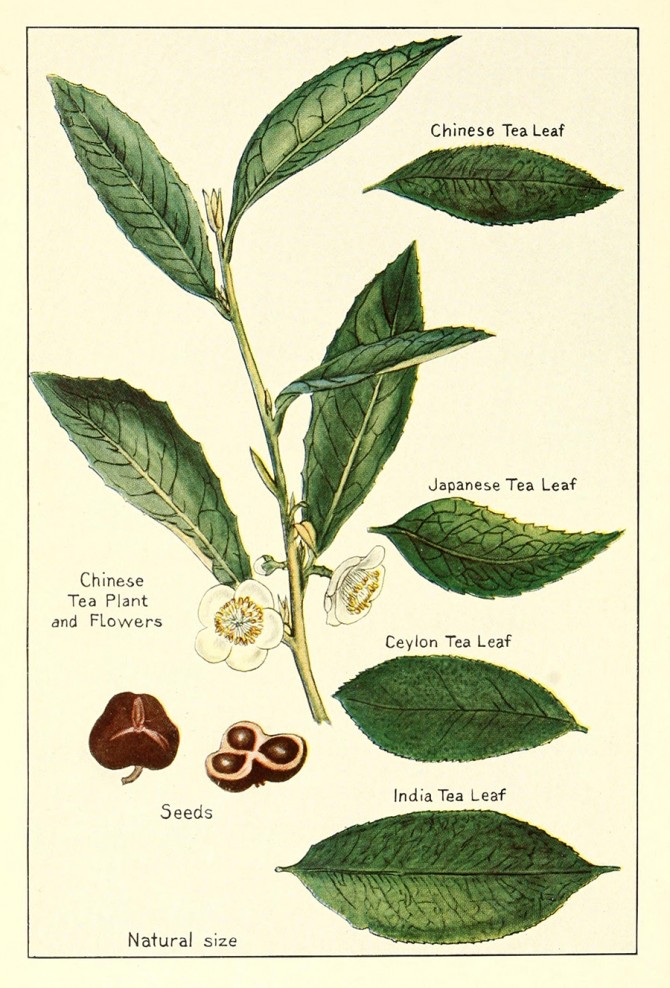Conference considers a global plant steeped in meaning
By Jonathan Miller
It is the centerpiece of one of the world’s subtlest rituals. It is swilled by thirsty workers at truck stops and construction sites. It is a pick-me-up and a sign of refinement, a bracing tonic and a sugary treat. It is sold in hawker stalls and high-end shops, often on the same city block. It is, after water, the most popular drink on the planet.
It is, of course, tea – brewed from the dried, fermented, ground or powdered leaves of the bushy highland plant Camellia sinensis. Its cultural, religious, botanical, economic and environmental dimensions will be on the menu at “Tea High and Low: Elixir, Exploitation and Ecology,” a public conference Oct. 26-27. Admission is free, but registration is required.
“This is a perfect topic for Cornell,” said co-organizer Daniel Bass, administrative manager of the South Asia Program and author of a book on Tamil tea plantation workers in Sri Lanka. “We have a deep pool of expertise about world regions and cultures, and a wealth of practical knowledge about agriculture, nutrition, ecology, food science, labor relations and other fields. I’m expecting lively conversations. Just as in Asia, tea is a great way to bring people together.”
Co-organizer Jane-Marie Law, professor of Asian studies and an expert on Japan, said tea provides a window on some of the world’s most pressing ecological and social challenges, from deforestation and pesticide contamination to the rights of workers in a globalized industry.
“As consumers of tea, we don’t really understand these issues,” she said. “The less we understand, the more vulnerable labor is to being exploited, and the more vulnerable the ecologies become. Is it possible to create the same sort of awareness around tea as we’ve started to see around coffee? When you hold a cup of tea in your hand, can you look into it and see the labor, the ecology, and take some responsibility for that?”
Cornell faculty members and visiting experts will lead discussions on tea production, distribution and consumption in China, India, Indonesia, Japan, Sri Lanka, Taiwan and Thailand.
A highlight will be a tea ceremony, open to the public, conducted by a Japanese Zen priest. It will take place at 4 p.m. Friday, Oct. 26, at the Herbert F. Johnson Museum of Art.
Law said she expects the meeting to produce white papers identifying the most important ecological and economic concerns around tea. Undergraduate and graduate student attendees will be invited to take part in an essay contest on how the experience has changed their own understanding of tea. The winner will get $250 and a selection of specialty tea.
“We are trying to create a conversation that extends beyond the conference itself,” Law said. A follow-up meeting is being planned for 2020, in Japan.
The conference is jointly presented by the South Asia Program, East Asia Program, Southeast Asia Program and Comparative Muslim Societies Program. Its principal sponsors are the Mario Einaudi Center for International Studies and the Atkinson Center for a Sustainable Future.
Additional support comes from the Johnson Museum, Cornell Botanic Gardens, Tata-Cornell Institute, IP-CALS, the religious studies program and the departments of anthropology, Asian studies and history.
Jonathan Miller is associate director for communications at the Einaudi Center.
Media Contact
Get Cornell news delivered right to your inbox.
Subscribe


